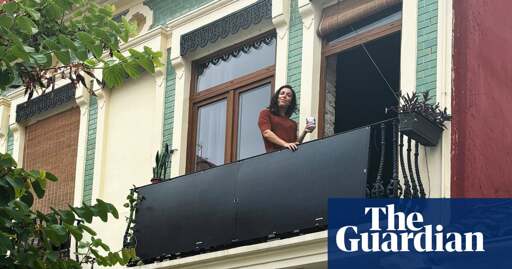Manufacturers say that installing a couple of 300-watt panels will give a saving of up to 30% on a typical household’s electricity bill. With an outlay of €400-800 and with no installation cost, the panels could pay for themselves within six years.
In Spain, where two thirds of the population live in apartments and installing panels on the roof requires the consent of a majority of the building’s residents, this DIY technology has obvious advantages.
With solar balconies, no such consent is required unless the facade is listed as of historic interest or there is a specific prohibition from the residents’ association or the local authority. Furthermore, as long as the installation does not exceed 800 watts it doesn’t require certification, which can cost from €100 to €400, depending on the area.
As with all solar power systems, balcony power only works in daylight and a battery storage system can add at least €1,000 to the installation cost.
Vernetta says the vertical surface area of cities is far greater than that of the roofs and that, in Spain, balcony panels benefit more than roof panels from the low winter sun.
Cities such as Helsinki are already experimenting with buildings with solar panel cladding.



1.5 m Germans using them definitely has an impact. It doesn’t solve the climate crisis on its own obviously but you can say that about any and all measures combating climate change
There is no impact. The technology just isn’t there yet. Mostly because it’s being held back by oil companies.
So, on one hand, if it becomes a profitable business, maybe it will get more support.
But on the other hand, this is just filling landfills with more junk that is designed to sell, not be a solution.
you’ve been having a minor meltdown throughout this thread to anybody who asks you basic follow-up questions. take three days off and stop it
Okay, I need a citation on that. How does big oil control solar panel technology?
You don’t think big oil does all it can to prevent solar tech from being developed all it can?
Usually claims require proof and not thoughts
🤡
I guess that’s all I needed to know about your expertise in the matter